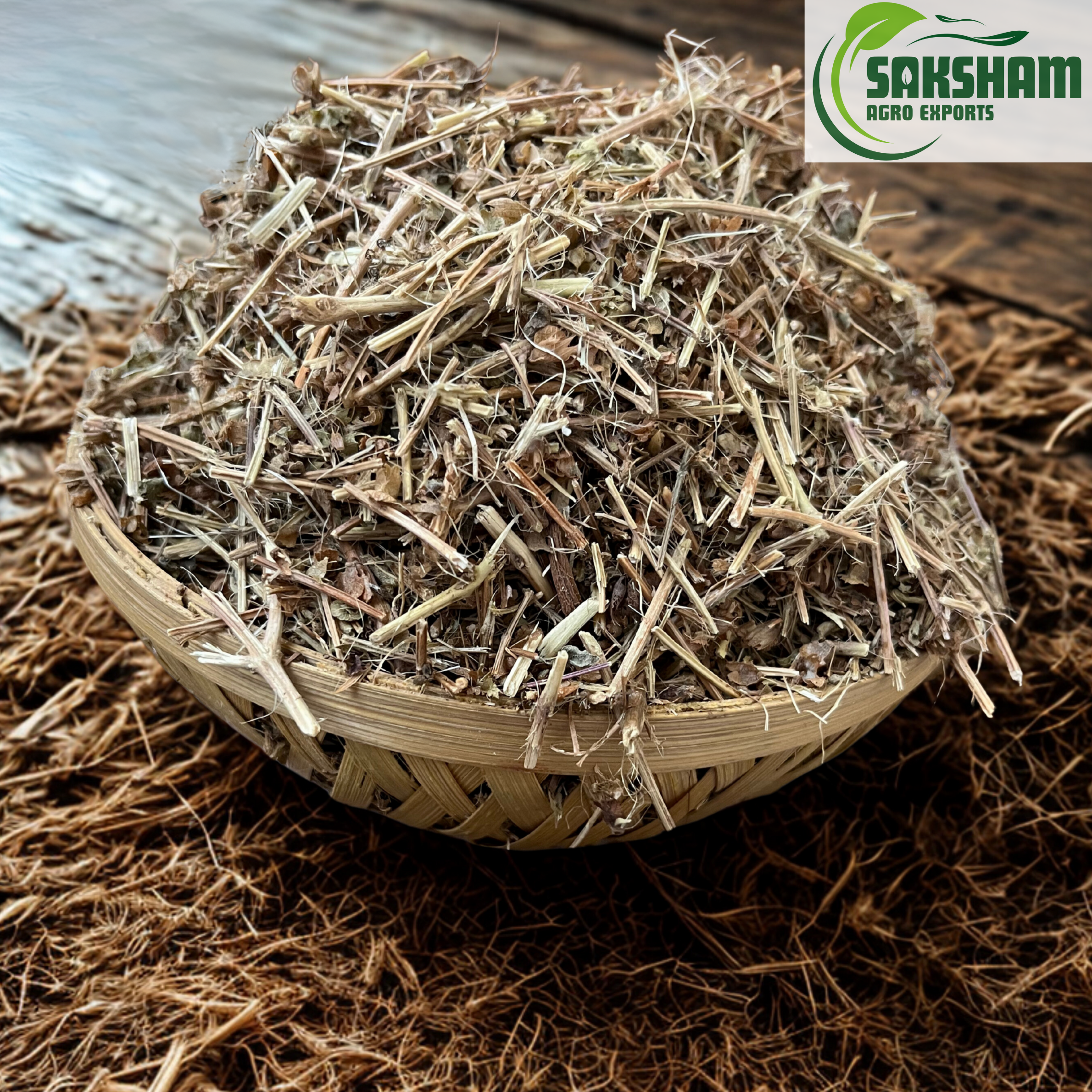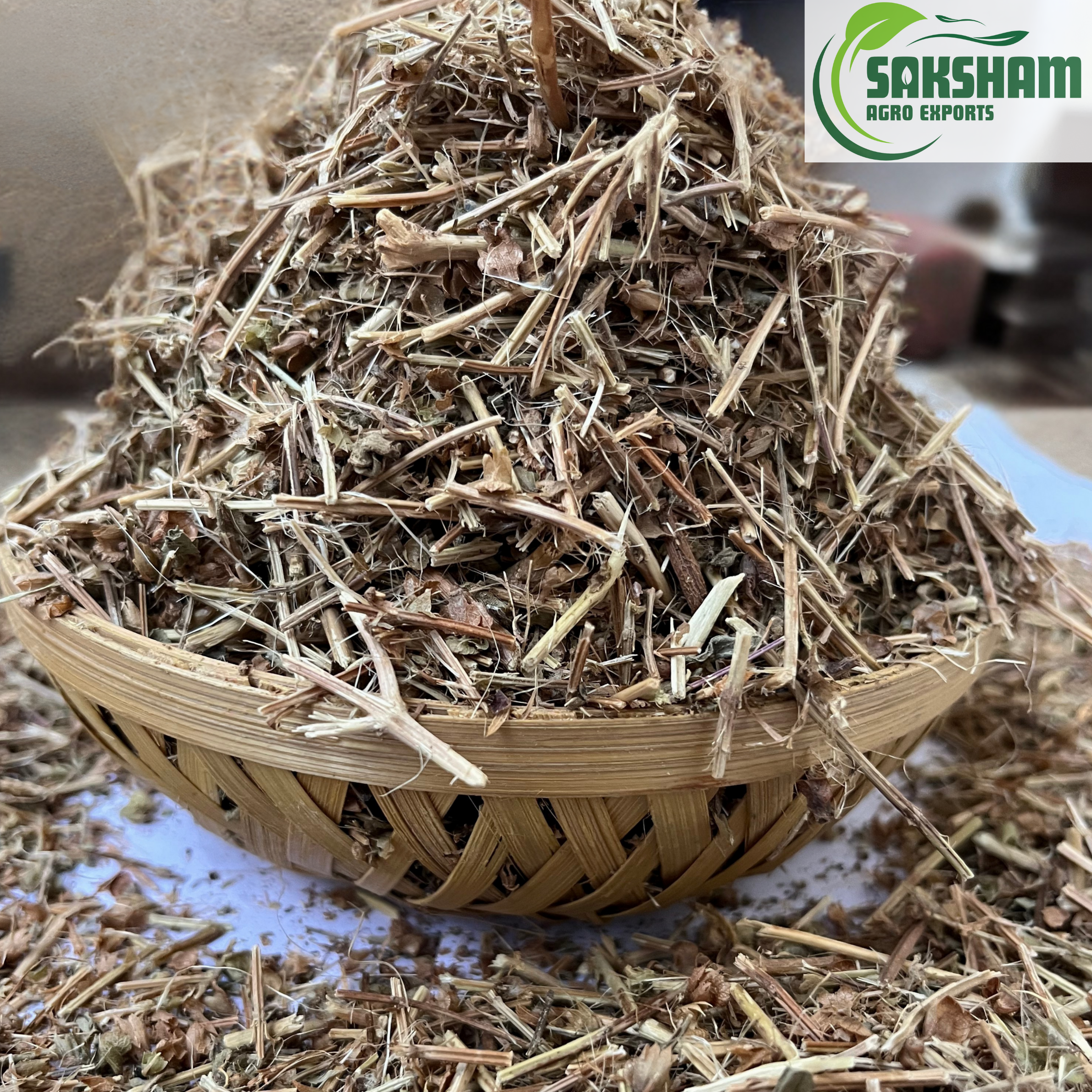Tulsi Panchang


Scientific Name
Ocimum sanctum (also known as Ocimum tenuiflorum)
Common Names
English: Holy Basil, Sacred Basil
Hindi: Tulsi
Description
Tulsi Panchang refers to the five parts of the Tulsi plant – root, stem, leaves, flowers, and seeds. Considered sacred in India, Tulsi is widely used in Ayurveda for its adaptogenic, antimicrobial, and immune-boosting properties. It is rich in essential oils, flavonoids, and antioxidants, making it effective in treating a variety of ailments.
Health Benefits
Boosts immunity and fights infections
Supports respiratory health (cough, cold, asthma)
Reduces stress and promotes mental clarity
Acts as a natural detoxifier and blood purifier
Improves digestion and relieves bloating
Usage
Traditional Use
Leaves chewed raw for immunity and respiratory relief
Decoction of Panchang used for fever, cough, and cold
Paste applied on skin for acne and infections
Tulsi water consumed for detoxification
Modern Uses
Available as powder, capsules, teas, and essential oils
Widely used in Ayurvedic medicines, nutraceuticals, and herbal teas